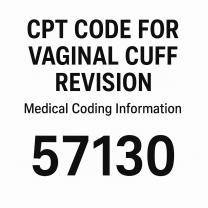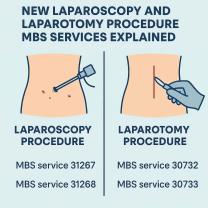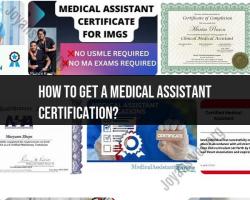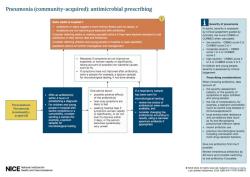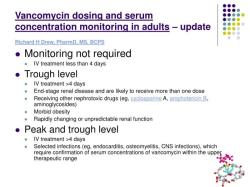How to become a physical therapist in Massachusetts (MA)?
Becoming a licensed physical therapist in Massachusetts (MA) involves completing specific educational and licensing requirements. Here's a step-by-step guide to help you navigate the process:
Step 1: Prerequisite Education
- Obtain a Bachelor's Degree: Start by earning a bachelor's degree in a related field, such as biology, kinesiology, or exercise science. Ensure that your undergraduate coursework includes prerequisites for physical therapy programs.
Step 2: Complete a Doctor of Physical Therapy (DPT) Program
- Enroll in a CAPTE-Accredited DPT Program: Choose a Doctor of Physical Therapy (DPT) program accredited by the Commission on Accreditation in Physical Therapy Education (CAPTE). These programs typically take three years to complete and include both classroom coursework and clinical rotations.
Step 3: Gain Clinical Experience
- Complete Clinical Rotations: During your DPT program, you'll participate in clinical rotations in various healthcare settings. These rotations provide hands-on experience and exposure to different aspects of physical therapy practice.
Step 4: Obtain a DPT Degree
- Graduate with a DPT Degree: Successfully complete your DPT program, fulfilling all academic and clinical requirements to earn your Doctor of Physical Therapy degree.
Step 5: Prepare for the National Physical Therapy Examination (NPTE)
- Register for the NPTE: Apply to take the National Physical Therapy Examination (NPTE) through the Federation of State Boards of Physical Therapy (FSBPT).
Step 6: Apply for State Licensure
- Apply to the Massachusetts Board of Allied Health Professions: Submit an application for licensure as a physical therapist to the Massachusetts Board of Allied Health Professions. This typically includes providing transcripts, proof of DPT degree, exam scores, and other required documentation.
Step 7: Pass the NPTE
- Take and Pass the NPTE: Schedule and take the NPTE examination. You must pass this national licensing exam to become eligible for state licensure.
Step 8: Complete State-Specific Requirements
- Jurisprudence Exam: Some states, including Massachusetts, may require you to pass a jurisprudence exam that tests your knowledge of state-specific laws and regulations related to physical therapy.
Step 9: Obtain Your Massachusetts Physical Therapy License
- Once you have met all educational, clinical, examination, and state-specific requirements, you will be eligible to receive your Massachusetts physical therapy license.
Step 10: Maintain Licensure
Fulfill Continuing Education: Massachusetts requires licensed physical therapists to complete continuing education to maintain their licenses. Ensure that you meet these ongoing education requirements.
Renew Your License: Renew your physical therapy license according to the renewal cycle established by the Massachusetts Board of Allied Health Professions.
It's essential to regularly check the Massachusetts Board of Allied Health Professions' website or contact them directly for the most current and detailed information on licensing requirements and procedures, as these requirements can change over time. Additionally, consider joining professional organizations like the American Physical Therapy Association (APTA) for networking opportunities and access to valuable resources throughout your career.




